Throwback Thursday: The Sydney Six – The Launch of a Special Era in USA Swimming Lore
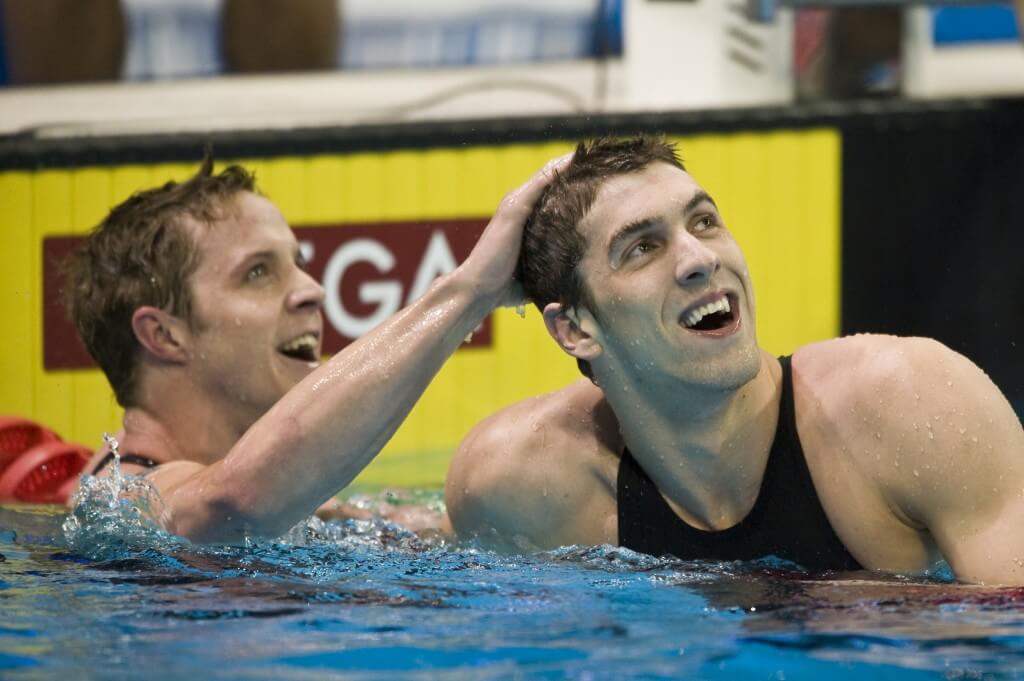
The Sydney Six: The Launch of a Special Era in USA Swimming Lore
Twenty-three years ago this month, Sydney served as the host of the 2000 Olympic Games. Sydney, too, marked the emergence of a special era in American swimming, as six youngsters showcased their considerable talent on the Olympic stage. Here is the story of the Sydney Six.
******************************
In another hemisphere, as winter gave way to spring, a unique era dawned. Two decades ago, there was belief a group of fresh-faced boys could emerge as mainstays for United States Swimming. As they raced over eight days at the 2000 Olympic Games in Sydney, experts could not help but ask: “Is something special happening here?”
History has proven, time and again, that not all rising talents realize their touted potential. So, strictly from a mathematical perspective, the odds were against these six teenage guys doing what they did.
It’s not that teenagers are unusual on the global scene. Rather, for several to emerge on a simultaneous path—and then continue to grow their careers—is what sets the Sydney Six aside as a distinct group. More, their individual stories included unique arcs.
There was Michael Phelps and the beginning of his climb to the top of Mount Olympus. There was the precocious sprinter in Anthony Ervin, who later in his career would write an epic comeback tale. While Maine-raised Ian Crocker emerged from an unusual locale, Aaron Peirsol was next in a long line of Southern California talents to make his name known. For Klete Keller, an under-the-radar approach became the norm. Then there was Erik Vendt, whose training tenacity and grinder personality served him well.
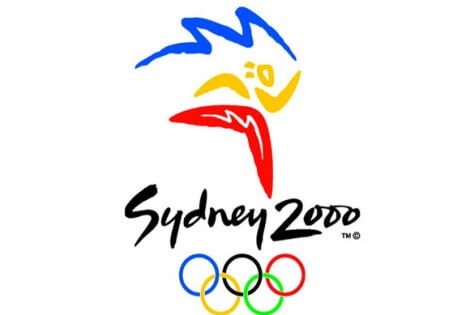
Photo Courtesy: Sydney 2000
For the Sydney Six, their efforts were not the result of a quirk in the way the sport operated. These athletes had transcendent skill sets that catapulted them to sustained greatness and will forever keep them linked.
A New Era Unveiled
For the 2000 Games to be the molding ground for enduring careers, the Sydney Six first had to navigate the land mines that dotted the lanes of the Indiana University Natatorium, then the focal-point venue of swimming in the United States. It’s long been established that the United States Olympics Trials is the most cutthroat meet in the world, a do-or-die competition in which medal contenders are denied the opportunity to race in the Olympic Games. Both young athletes and veterans feel the pressure.
But when the racing in Indy ended, there were eight teenage men on the American roster, the Sydney Six and breaststrokers Patrick Calhoun and Kyle Salyards, whose careers in international waters did not endure. Not only were they talented enough to navigate the deep waters of the American scene, they demonstrated mental toughness that matched their prodigious talent.
From Indy, it was on to the Games.
There were varying degrees of success in Sydney, with Ervin reigning as an Olympic champion and Peirsol, Vendt and Keller earning individual medals. For Crocker and Phelps, who later developed a stellar rivalry, they finished just shy of the podium. But this trip was also about more than hardware. It was about the future.
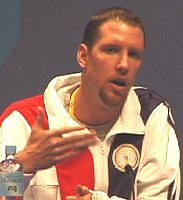
Tom Dolan was one of the veterans on the 2000 U.S. Olympic Team.
Surrounded by veterans of previous Olympiads, including the likes of Tom Dolan, Tom Malchow and Gary Hall Jr., the Sydney Six were thrust into an instant growth experience. Their lives would not be the same again, and there was a sense that—once Sydney wrapped up—they’d be seeing much more of each other, both as rivals and American teammates.
“Looking back on Sydney, there was indeed a feeling that the new generation of American men’s swimmers was breaking through,” said Bob Bowman, the man who guided Phelps’ illustrious career. “Each was talented, focused, and above all else, excited for the opportunity to compete at the highest level for the first time. It was fun to watch these guys train during the camps and finally to see them perform at the meet. You could sense that this was just the beginning and that USA Swimming was starting to get on a roll.”
Raise the Curtain
Given the way the spotlight followed him for the next 16 years as the sport’s main attraction, perhaps it was fitting that Michael Phelps became a primary storyline at his first Olympic Trials. There are very few 15-year-old males who even qualify for Trials, and a miniscule percentage who even alert the radar. Phelps, though, was anything but a typical case.
Known to those who followed the sport closely, Phelps wowed the crowd in Indy, impressively advancing through the first two rounds of the 200 butterfly to put himself within reach of an Olympic berth before he could even attain a driver’s license. And when he came charging down the final length of the pool in the final of that 200 fly, passing Jeff Somensatto for the second Sydney invitation behind Tom Malchow, a new chapter in the sport was written.
In less than two minutes, Phelps became the youngest American male swimmer to qualify for the Olympic Games in 68 years, and his trip Down Under wasn’t going to be a mere sightseeing tour. As was the case in Indianapolis, Phelps improved in every round in Sydney, a fifth-place finish in the 200 fly capping an extraordinary summer. More, the world prepared itself for a redefinition of what was achievable.
In Sydney, Phelps wasn’t the most-talked-about teen, not with Ian Thorpe the darling of the home crowd. It was Thorpe who was already a world champion come Sydney, and Phelps wasn’t yet in position to carry the torch as swimming’s Main Man. That identity would come a little later after Phelps had the chance to savor his first Olympic nod.
“That was a dream,” Phelps said. “A medal would have been nice, but I wanted to race at the Olympics, and I did. It was pretty amazing.”
And just the start.
By the spring of the next year, Phelps was the best in history in the 200 fly, a world record meeting the expectations of Bowman and serving as proof that this kid had something incomparable—talent maybe never seen before. A world title in the 200 fly followed in the summer of 2001, with additional events added to his international agenda the following year and for the duration of his career.
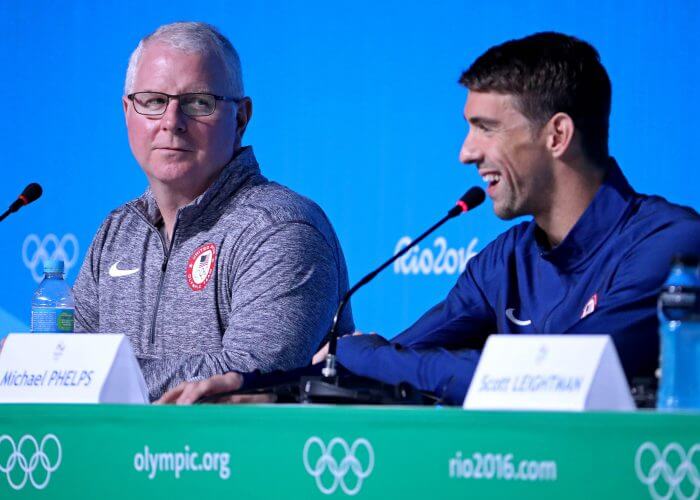
Bob Bowman with Michael Phelps at Rio 2016 – Photo Courtesy: Peter Casey-USA TODAY Sports
For the next decade-and-a-half, Phelps was the face of swimming, twice winning eight medals in a single Olympiad, including his epic eight-gold showing in Beijing to surpass the excellence of Mark Spitz in 1972. He totaled 28 Olympic medals in his career, including 23 gold. He captured 33 medals at the World Championships. His 39 world records are the most in history, as recognized by FINA.
To be present in Indianapolis and Sydney in 2000 was to witness a unique time for USA Swimming. To watch Phelps was to see the beginning strokes of a priceless portrait, a one-of-a-kind creation that will never be matched.
“Michael and I left Sydney hungry for more success,” Bowman said. “While a fifth-place showing at 15 was respectable, we both knew he was capable of much more. I remember giving him his training set the day after his 200 final, and on the corner of the page, I wrote: ‘WR Austin.’ I didn’t have to explain it. He already knew it meant world record. His next chance to do it would be in Austin the next April at the World Championship Trials. It was a way of refocusing and resetting our goals. Of course, he came through that April with his first world record in the 200 fly. Sydney inspired us to keep working and to really ask what was possible in the sport of swimming.”
Birth of a Sprint Star
If there was a favorite for a medal from the Sydney Six, Anthony Ervin occupied that identity. Coming off a superb freshman year at California-Berkeley, Ervin carried considerable momentum into the summer season. Not only did Ervin win NCAA titles in the 50- and 100-meter freestyles, his effort in the shorter distance produced a short course world record.
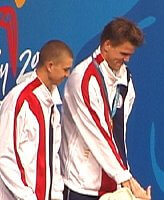
Anthony Ervin and Gary Hall Jr. shared gold in the 50 freestyle at the 2000 Olympics.
Ervin was one of the top recruits in the nation in 1999, and his emergence as an international threat was a matter of time. When Ervin joined the Golden Bears, the training and coaching he received under the watch of Mike Bottom, then an assistant for Cal, fast-tracked Ervin’s ascension to Olympic contender.
As Ervin prepared for the Olympic Trials and Sydney, the youngster could not have asked for a better environment. Once his freshman year concluded, Ervin shifted his training—along with Bottom—to the Phoenix Swim Club. There, he engaged in daily battles with sprint stars Gary Hall Jr., the top gun in the American arsenal, and Poland’s Bart Kizierowski, a future European champion in the 50 free. Each day, the trio pushed one another to greater heights.
At the U.S. Trials, as his teenage brethren fought for their tickets to Sydney, Ervin had little trouble qualifying for his first Olympiad. Although Hall took the top spot in a national record of 21.76, Ervin was right behind in 21.80, and comfortably ahead of third-place finisher Neil Walker (22.12). The opportunity to race for Olympic glory had been secured.
“Anthony’s talent was apparent from Day 1,” Hall said. “I knew he was a real threat for the gold, and (I) predicted great accomplishments very early on, when he was unproven. I knew that it wasn’t going to be easy to beat him, increasingly cognizant of it as the season progressed. At the time, he did not comprehend or appreciate his talent—or the significance of the Olympic Games—which made him even more dangerous as a competitor.”
In Sydney, Hall and Ervin headed to the starting blocks as veteran vs. upstart, and when nearly 22 seconds of racing was over, there was no separating the American stars. At the touch, the clock revealed that Hall and Ervin tied for gold in identical times of 21.98. As quickly as Ervin earned the distinction of Olympic champion, he also was viewed as someone who could go down as the greatest sprinter in history.
Ultimately, that wasn’t part of Ervin’s plan.
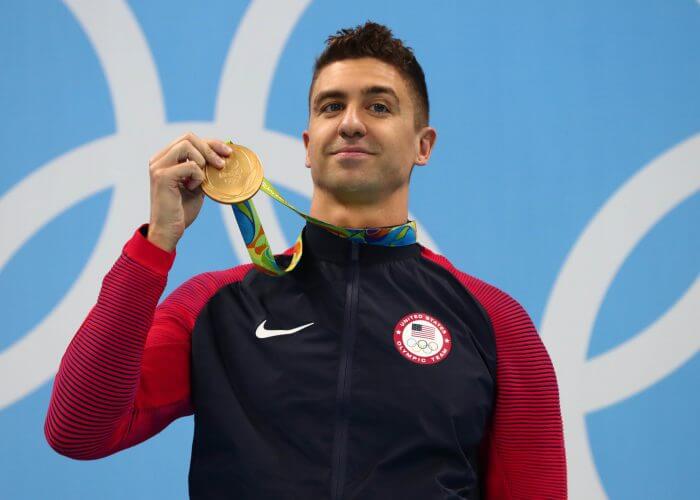
Photo Courtesy: Rob Schumacher-USA TODAY Sports
Although he won world titles in the 50 and 100 freestyles in 2001 and was a World Champs qualifier in 2003, Ervin was out of the sport by 2004, opting to explore other areas of life. It wasn’t until eight years later that he returned to the pool, marking his comeback with a fifth-place finish in the 50 free at the 2012 Olympics in London. Four years later, at the improbable age of 35, Ervin won gold in the 50 free at the 2016 Olympics in Rio de Janeiro. As difficult as it is to comprehend a 16-year gap between Olympic titles, that stretch is also a tribute to Ervin’s talents, first noticed in his teen years.
“It’s surreal, kind of absurd,” Ervin said of his second Olympic gold in the 50 free. “It’s been an incredible journey to think that after 16 years, I’m back on the podium at the Olympic Games.”
A Core Four
An analysis of the Sydney Six can be interpreted this way. Phelps roared his way to GOAT (Greatest of All Time) status while Ervin became an enduring sprint star with a twist. The other members of this unique group, meanwhile, can be called a Core Four, each appearing in three Olympiads and combining to be a backbone of sorts for Team USA.

Photo Courtesy: ISHOF
For years, Aaron Peirsol, Ian Crocker, Erik Vendt and Klete Keller were called upon to represent the Red, White and Blue against the best in the world. Time and again, they flourished, a combined 20 Olympic medals earned. Had that number been thrown out just prior to action in Sydney, it likely would have been scoffed at. After all, 20 Olympic medals between four guys is no small feat.
Still, there was a belief that enduring careers were going to be enjoyed, with Brendan Hansen also excelling for a lengthy period. Hansen just missed the Sydney Games, due to a pair of third-place finishes in the breaststroke events at Trials.
“I know we were young, obviously uniquely so,” Peirsol said. “I do remember a collective confidence, a feeling that we felt we were going to be around for a while. We were just getting started. We all had larger goals, I think, and knew we had lots of time.”
For Peirsol, Vendt and Keller, their introduction to the Olympics featured podium placements in individual competition. Peirsol earned a silver medal in the 200 backstroke behind countryman and mentor Lenny Krayzelburg, with Vendt grabbing silver to fellow American Tom Dolan in the 400 individual medley. As for Keller, he claimed bronze in the 400 freestyle, an event won by Thorpe to raucous applause.
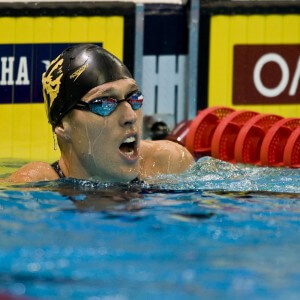
Photo Courtesy: Peter H. Bick
The success of this triumvirate was just starting, as Peirsol went on to win seven career Olympic medals, including a sweep of the backstroke events in 2004 in Athens, and a repeat in the 100 back at the 2008 Olympics in Beijing. Vendt backed up his Sydney finish with another silver in the 400 medley in Athens, this time behind Phelps, and Keller was again the bronze medalist in the 400 free in 2004, and etched himself as a longtime staple of the American 800 freestyle relay. For Keller, he will long be remembered for holding off Thorpe on the anchor leg as the United States beat Australia for gold in the 800 free relay in Athens.
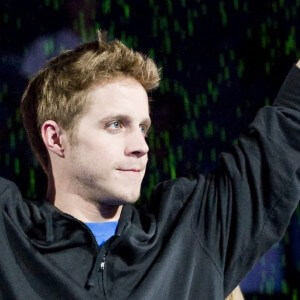
Photo Courtesy: Peter H. Bick
Then there was Crocker, who just missed the podium in Sydney with a fourth-place finish in the 100 fly, but handled that leg on the victorious 400 medley relay, his split of 52.10 the second fastest in the final. In the years ahead, he won silver in the 100 fly in Athens and was a world champion in 2003 and 2005.
Together, the Core Four consistently delivered.
Forever Connected
Will there ever be another group of youthful American men who come together and change the landscape of United States swimming? It’s not out of the realm of possibility, but the likelihood is slim. For one, the sport has changed, and with veterans remaining in the water for longer careers, there are limited opportunities for several teenagers to break through.
More than anything, though, there is the simple fact that a talent tidal wave like the one that swept the sport in 2000 is an anomaly. The men who made up the Sydney Six are all Hall of Famers, either already enshrined or an inductee down the road. They all possessed spectacular talent, longevity and an ability to shine in the most pressure-filled moments.
“I think we knew we had youth on our side, and a confidence born from maybe a faith in how we were preparing for everything,” Peirsol said. “Yes, we were naive, but we were managing our own, and soaking it all up along the way. The years directly proceeding this, we kind of knew we belonged there, and so much of it is simply that—understanding you belong there as much as anyone else.
“I’m just so proud of everyone I swam with through that period. We worked really hard and were really motivated and there was, in general, a mutual respect born from that consistency. So, we traveled the world together for the better part of a decade and more. There are stories we will be sharing for decades to come—unique stories and unusual stories, and stories that color our lives. So, we did have a unique experience, and we’ll always have that in common.”




Krishnaraj Chaturvedi
Can’t help thinking they could have been called the magnificent 7, had Brendan Hansen qualified for Sydney…
Yeah, that’s what Klete Keller will be long remembered for.
Is SWM becoming the OAN of swimming?? It’s definitely trending that way.